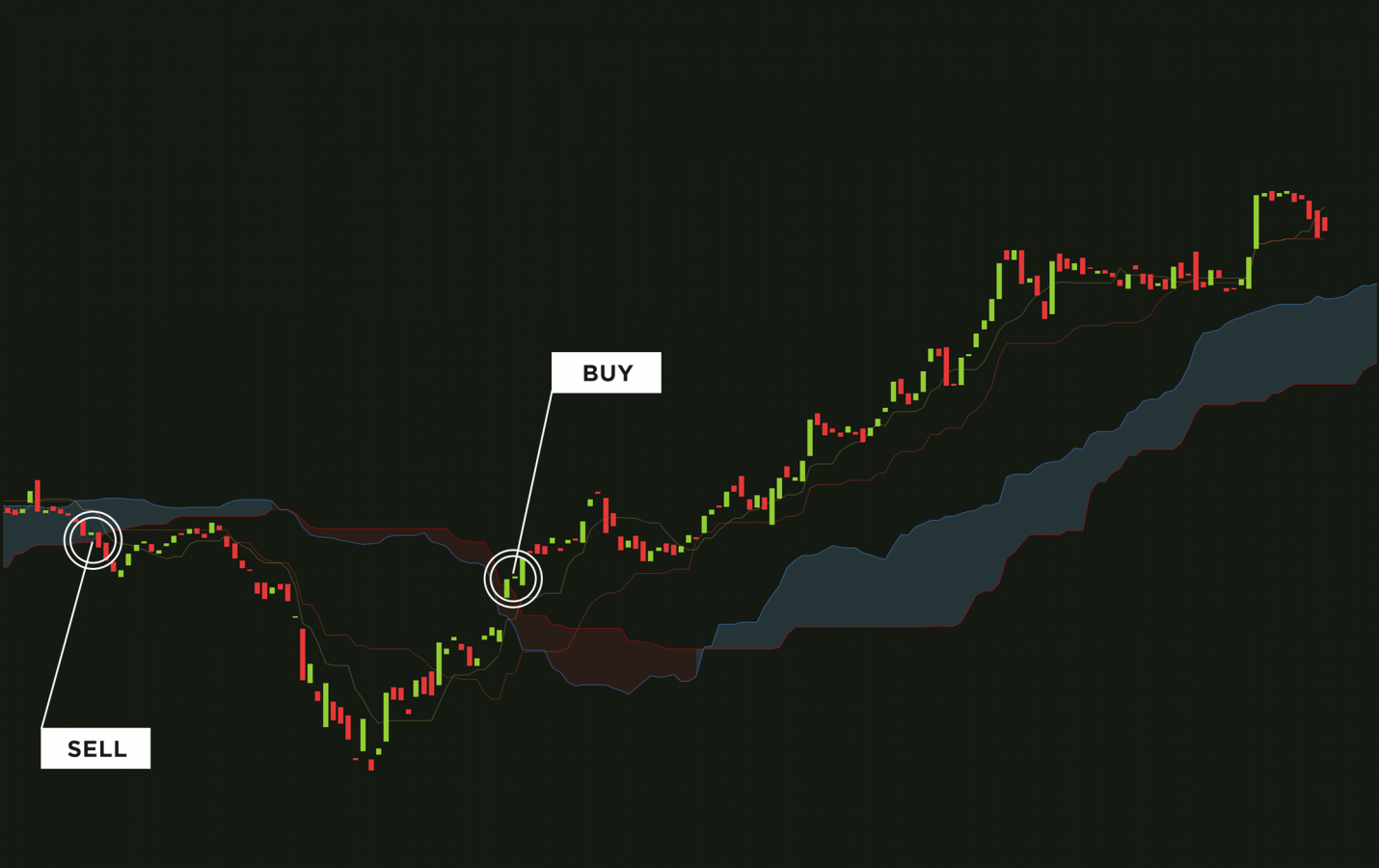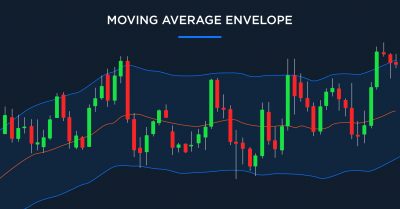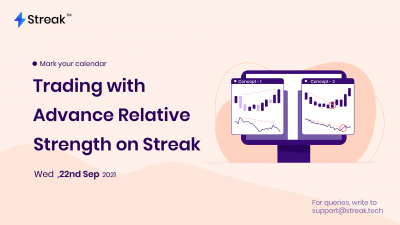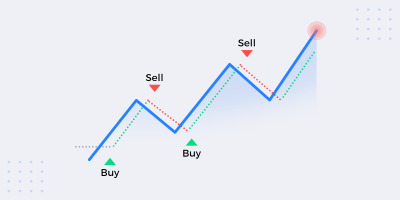Ichimoku Kinko Hyo or Ichimoku cloud was developed around the late 1930s by Goichi Hosoda, a Japanese journalist, and was published in his 1969 book. Ichimoku Kinko Hyo translates into “one glance equilibrium chart”. It is an all-in-one indicator that helps in finding support and resistance, ascertain the momentum, and in identifying trend direction.
Now, some readers may find this information amusing but it will not help you make money in the markets. So instead of sharing more trivia, I will jump right on to it.
But before I begin, I have met a lot of people who find this indicator intimidating, mainly because of its chaotic appearance. I shared the same view when I started trading in the market. But then finally summoned the courage and spent a solid 4 hours researching and reading up on this. And honestly, it’s perhaps one of the easiest technical indicators to understand and use. It is nothing but a bunch of moving averages clubbed together to analyze price charts.

If you are a geek like me, you may spend some time on a spreadsheet calculating the Ichimoku averages from OHLC data or you don’t and simply plot it on the chart and start analyzing. Either way, this will reward you.
Now as I have mentioned before this, Ichimoku is nothing but a bunch of moving averages, 4 averages, and a price line to be exact i.e 5 lines total. Each line has a different name and of course different formula for calculation. Some chart libraries use Japanese names and so here I have put all the information.
| Japanese | English | Formula |
| Tenkan-sen | Conversion Line | (Max(9, high) + Min(9, low)) /2 |
| Kijun-sen | Base Line | (Max(26, high) + Min(26, low)) /2 |
| Senkou span A | Leading Span A | (Conversion line + Base line)/2 shifted 26 period forward |
| Senkou span B | Leading Span B | (Max(52, high) + Min(52, low)) /2 shifted 26 period forward |
| Chikou-span | Lagging Span | Close shifted 26 periods backward |
Interpreting the Ichimoku system
Now, the whole idea of writing this article was to help people understand the usage of this indicator with ease and so I will disclose here how you can use it intuitively.
1st Intuition
Since each line is an average, you can simply look at them as 9,26 and 52 moving averages (calculation is different). You can analyze using any one of the 4 averages in isolation or in conjunction. That is up to you. I am not including the Lagging span since I have found the Chikou span to be vestigial(read functionless).
The conversion line, the 9-period average, is the fastest line of the four averages and Leading span B is the slowest.
2nd Intuition
Now, how do you create trading setups using an average? You see if the close price has crossed above the average. You can use the same concept here.
Example: Close crosses above Ichimoku(9,26,52,26,Conversion line,yes,0)

You also look at averages crossing above and below each other creating a Golden cross and a Death cross. You can use the same concept while using the Ichimoku averages.
Example: Ichimoku(9,26,52,26,Conversion line, yes, 0) crosses above Ichimoku(9,26,52,26,Base line,yes,0)

Now, you have understood more than 50% of what this indicator has to offer. It did not require me to actually explain each separately. However, there is one special element you have not yet seen with a generic moving average system i.e the clouds in the Ichimoku system or the Kumo cloud.
Kumo cloud is the area between Leading Span A and Leading Span B. It is shaded in green and red. The kumo cloud is green when Leading Span A>Leading Span B and red when Leading Span B>Leading Span A.
There are lots of ways you can interpret the Kumo cloud. But I am only going to list the basic ones here.
Green cloud: bullish indication
Red cloud: bearish indication
Ichimoku Cloud in conjunction with price
Price is trading above the cloud: Bullish indication. Here the cloud also behaves as the support.
Price is trading below the cloud: Bearish indication. Here the cloud also behaves as the resistance.
Price is trading within the cloud: Neutral indication. Here the cloud also behaves as a consolidation area. Price tends to be choppy when it enters the cloud.
Lagging Span and Look-ahead bias
Now, when trading decisions are based on information that is not yet available, it results in having a Look-ahead bias. This happens because we accidentally include data that would not have been known or available during the period being analyzed. We simply don’t realize it.
These errors are often quite subtle and are very easily overlooked. However, they have a significant impact on the outcome of the strategy(read profitability).
Previously I mentioned that I have found Chikou span(Lagging span) to be vestigial. Here is why. Chikou span is not an average but it is only the close price plotted 26 periods back. In fact, here is the lagging span plotted in isolation on a candlestick chart.

And here the chart type has been changed to Line chart.

See ditto!
Another fact is that the current(latest) candle does not have a lagging span, it will only form after 26 periods. So if you create condition such as
Close(0) higher than Ichimoku(9,26,52,26, Lagging span, yes, 0)
There will not be any result since the Lagging span for Close(0) has not formed yet. Close(0) is the latest candle Close price and Zero(0) is the offset here. Because the Lagging span doesn’t exist for the current candle, the condition doesn’t hold true.
How does Lagging span help? It does not. The lagging span just creates false and misleading interpretations and should not be used in any analysis. It is just a visualization tool.
Since lagging span inherently has a look-ahead bias, creating a trading strategy using the lagging span can be an expensive mistake. To avoid users from making such mistakes, Streak does not provide an option to use the lagging span.
Ichimoku over the years has helped me in taking some great positions and in avoiding a lot of loss-making trades. I find the Kumo cloud as an indispensable tool while Lagging span to be useless and often misleading, especially when looking at the charts aftermarkets and deciding trades. It has not provided any significant contribution in my analysis. But that is just my personal opinion.
What about you?
____________
Disclaimer: The information provided is solely for educational purposes and does not constitute a recommendation to buy, sell, or otherwise deal in investments.











Pingback: Understanding Heikin Ashi charts and pitfalls to watch out for - Streak Tech
I found the chikou span or lagging span use while taking a decision of entry or exit based on other conditions of ichimoku. 1. Lagging span above price and far, the bullishness in the stock and when it approaches the price, it is better to exit from the long condition and vice versa for short condition. If this condition is enclosed in streak it will give an exit condition in streak.